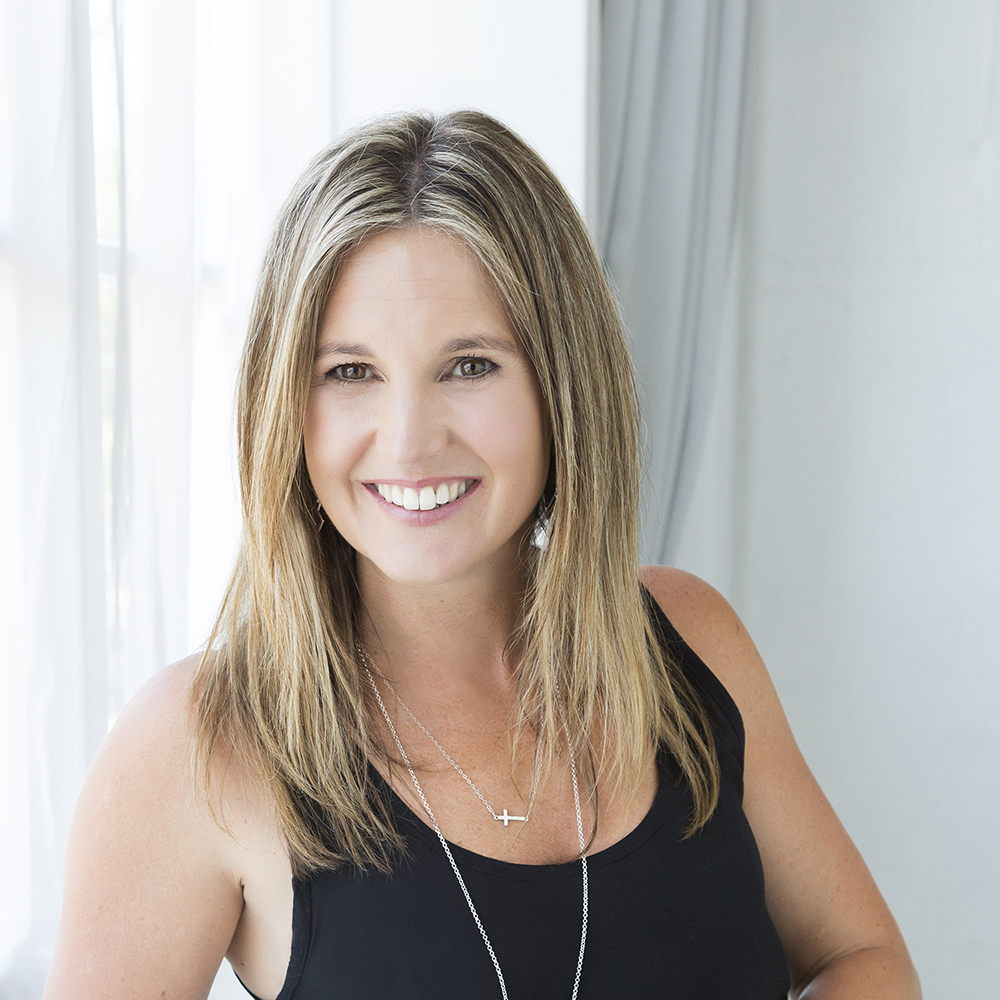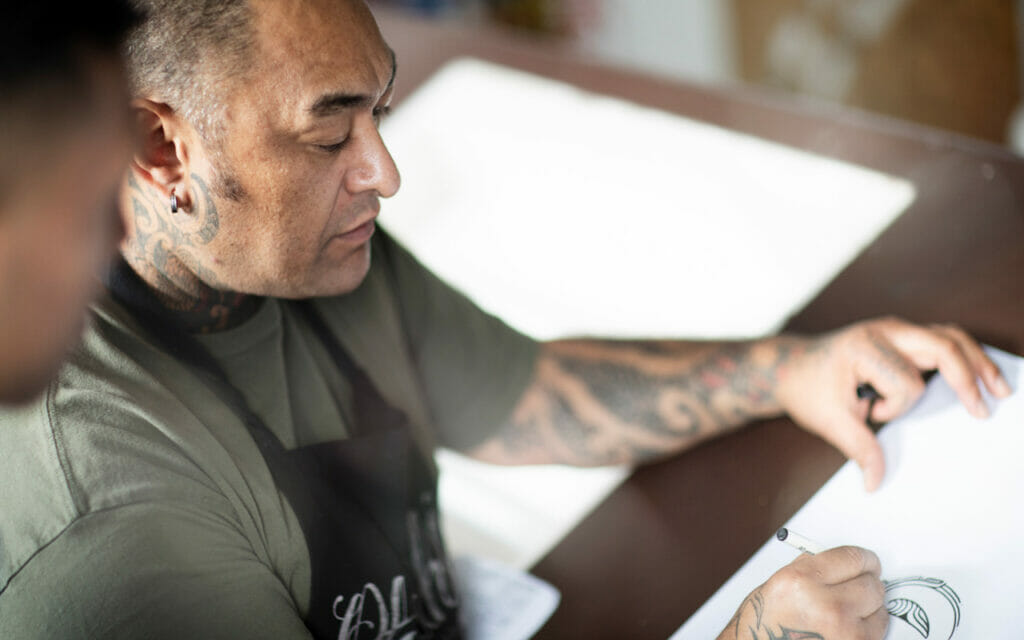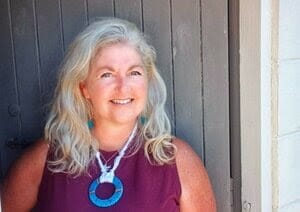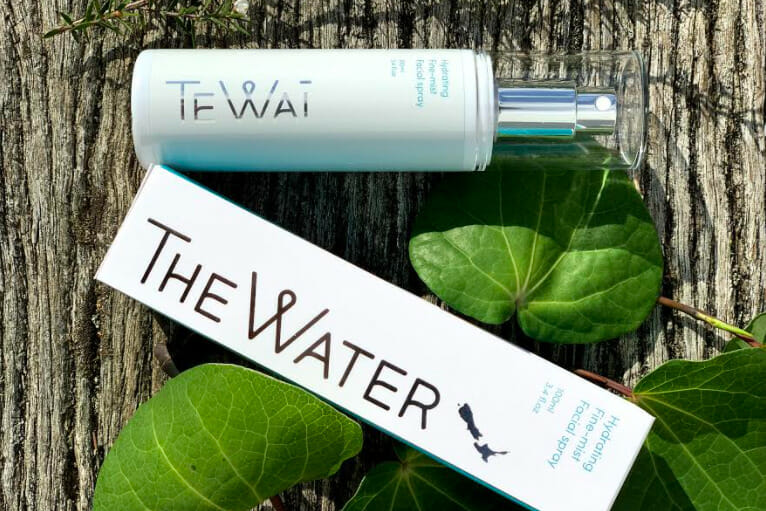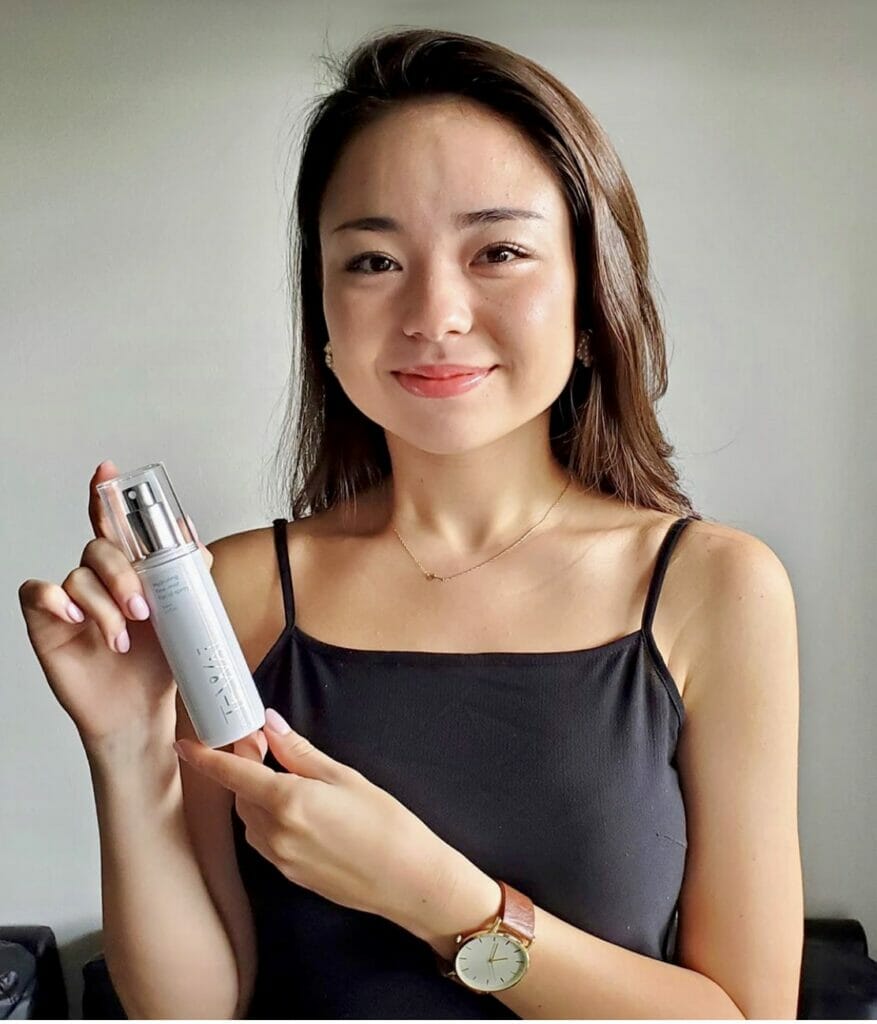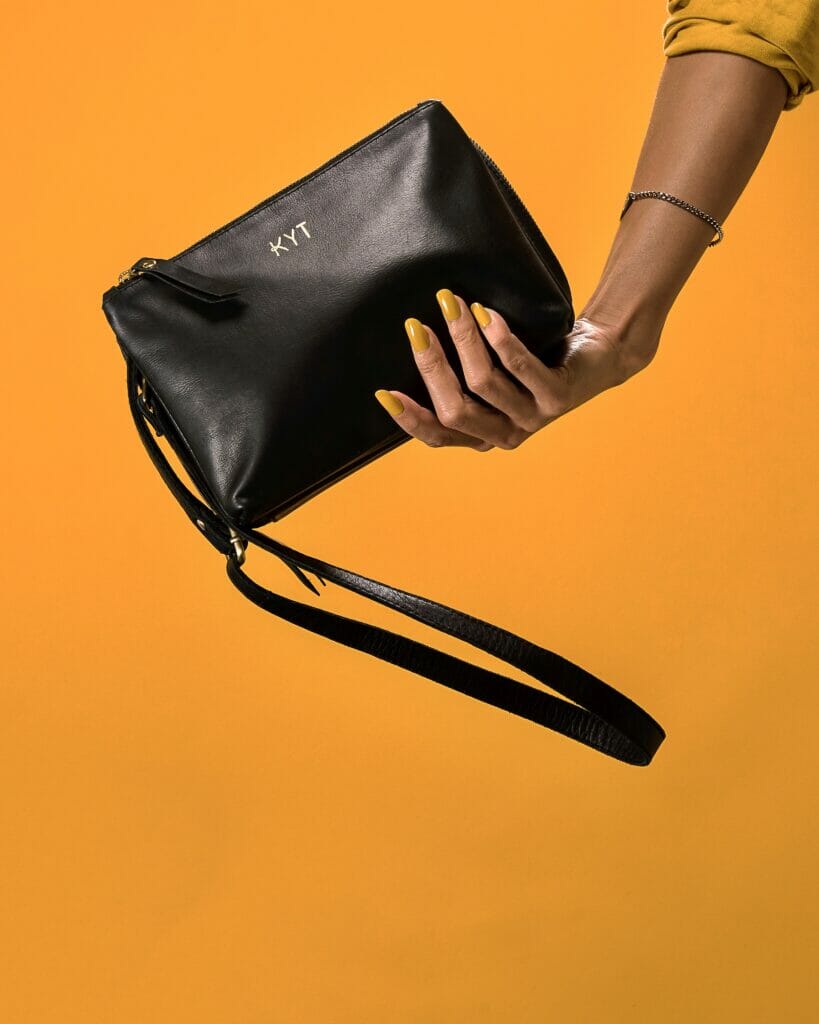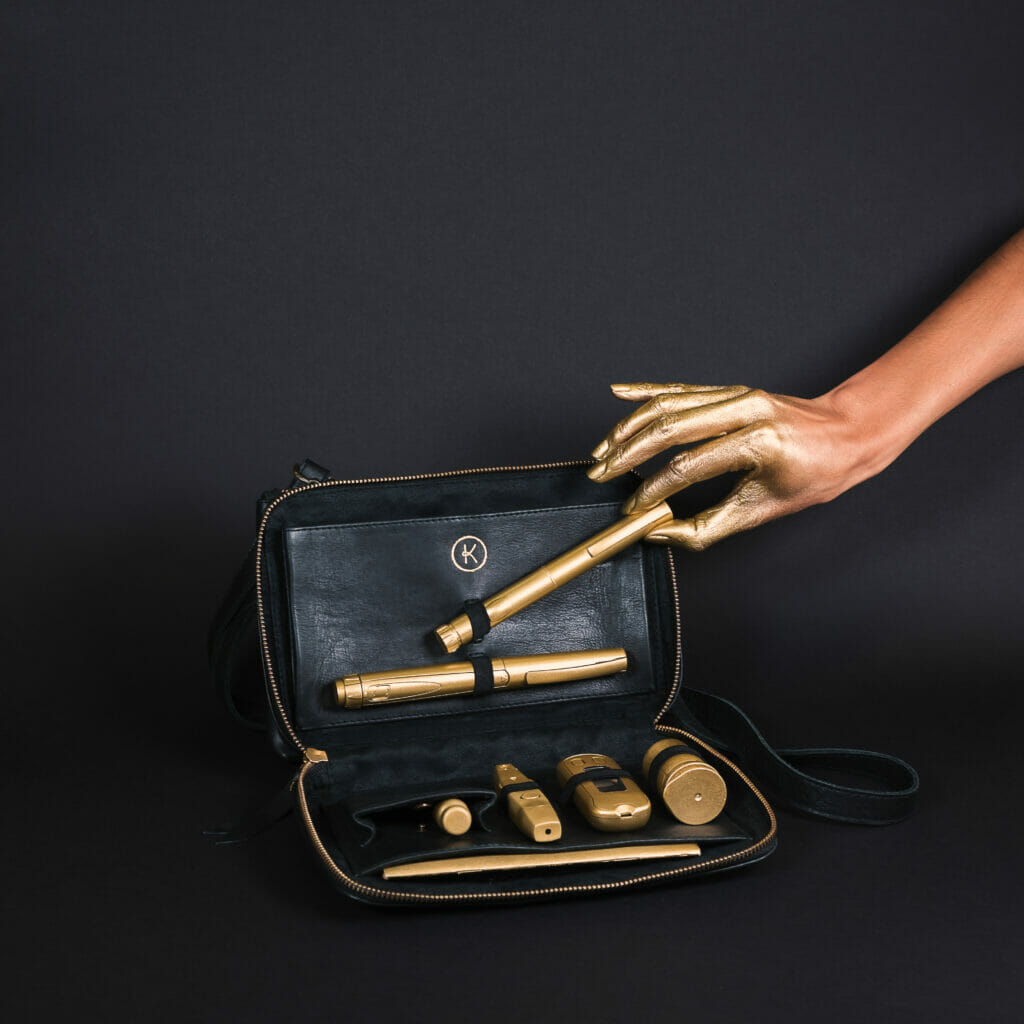Tell us how CarbonClick works with businesses and individuals to help reduce their carbon footprint?
CarbonClick helps make climate action simple, meaningful and transparent for businesses and their customers. We do this by making carbon offsetting easy for businesses to integrate at the point of sale and giving them full visibility over the cumulative impact this has. For the customers who offset, we give them direct traceability to the gold standard local reforestation and international clean energy projects they have supported.
What are some of your biggest wins?
We’ve won contracts with a number of major airports and airlines and are aiming to become the world leader for aviation offsetting solutions. As a tech company we are able to provide greater functionality than existing programmes, such as traceability of contributions which leads to trust and higher conversion rates; live cumulative impact dashboards; and integration with loyalty programmes, car-parking, retail etc. We’ve also entered a partnership with IoMob to enable carbon offsetting for multimodal travel.
In New Zealand, we’ve partnered with loyalty programme AA Smartfuel, to make it simple for Kiwis to convert some or all of their AA Smartfuel discounts into carbon offsets to take measurable action on their carbon footprint.
CarbonClick also partners with businesses from a brand perspective, such as one of Constellation Brands wine labels, Round Theory – where we double offset every bottle for them, to make each bottle climate positive.
Our green “Offset” button is now on over 650 e-commerce retailers around the world!
In terms of export, Is there a particular mistake or learning that sticks out for CarbonClick?
As an NZ operator under the US-NZ tax treaty, we didn’t think we would need to understand the US tax system (State, Federal and Sales) until we launched a base in the US. Our lack of understanding caused us considerable delays in a large corporate deal with a hotel chain.
How has CarbonClick grown and what does growth look like for the next few years to come?
We launched in Nov 2019 and are currently on track to reach $1m ARR within 2.5 years (by March 2022). In the following year, we expect this to triple following our series A investment round. In terms of FTE, we have gone from 3 founders in 2019 to 15 currently.
What was CarbonClick’s approach to funding and what advice do you have for start-ups looking to raise capital?
We reverse engineered our financial needs for one to two years at a time, using a milestone-driven spend plan. We then cast our net wide through the angel community for our pre-seed round and generated interest which led us to being in a significantly oversubscribed position. At this point, we were able to decline investors who could not add value and who were not the best alignment for CarbonClick. We have since leveraged these investors to help us on our journey beyond our pre-seed round, and we followed the same recipe when running our more recent seed+ round. Our CEO has been an angel investor for a few years prior to this, and this was an advantage in understanding what matters most to investors, and which investors would waste our time vs which would be easy to do business with and provide support beyond the investment.
For young players, our CEO would recommend first seeking advice from those running angel investment communities (for example, Suse Reynolds, Angel Association NZ) so as to target the right investors in the right way. He also recommends being able to remove yourself from the day to day operations to focus on the investment rounds in a short, sharp sprint type of approach.
Tell us about your experience with Kea Connect since reaching out in 2020?
Kea Connect were really helpful with advice and provided us a good outsource agency to add to our pool of options for starting to sell into the US. We also received great contacts for our market validation research which we were really struggling to find.
For businesses that want to become more sustainable, what are three key things they should do?
- Encourage their team to commute without a car. This could range from subsidising bikes and e-scooters for staff to enabling them to work remotely.
- Video conference more. Spend more time doing and less time travelling by using video conferencing in place of business trips.
- Reduce what you use – limit what you print, take notes and sign documents digitally. Where you can’t reduce, buy from sustainable and low-waste businesses.
How have consumer attitudes toward climate change shifted in the past five or so years, and what do you predict will be key trends to come?
Consumer attitudes toward sustainability have shifted dramatically in the past five years. In part, this is due to the rising buying power of millennials, who are more likely to purchase from cause-driven and sustainable brands. More significantly, this is becoming increasingly mainstream and 91% of consumers are open to changing their purchasing habits to support businesses who are taking visible action on climate change. This means in the coming months and years we are likely to see an ever-increasing shift toward sustainable shopping habits. We can expect to see more products on the market with end-to-end sustainable life cycles and, ideally, a move away from disposable consumption.
HOW KEA CAN HELP YOUR BUSINESS GROW
Kea Connect
Kea Connect is a free service that will help your business grow offshore. We connect you personally with regional, sector-specific experts and peers.
Resources
Kea is here to help New Zealand businesses grow offshore. Be inspired and hear advice from businesses who have created their export path.
Jobs Portal
Looking for the right talent for your team? Reach our global Kiwi community through the Kea international job portal.

 MENU
MENU

